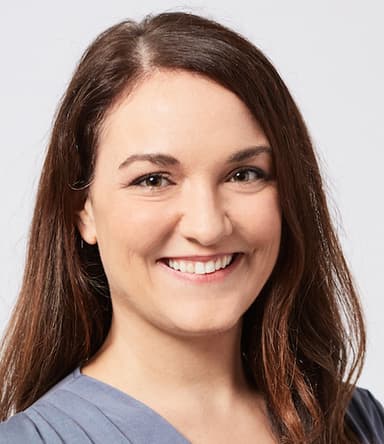
To become successful at video marketing, you don’t need the most cutting-edge tools or a professional videographer who can shoot and edit like one of Hollywood’s finest directors. Instead, David Greenspan, vice president of Keep-in-Touch Systems, recommends focusing on just one thing: consistency.
Greenspan, who presented at the REALTORS® Conference & Expo in San Francisco Saturday, stressed that the goal of video marketing is to create mindshare, which he defined as a “top-of-mind, intuitive, and instinctive reaction to a product or service.” Agents and brokers shouldn’t expect to win a new listing simply because a homeowner views one video and decides to hire them. Instead, he said that video marketing is about “getting in someone’s brain and staying there so that when they think about real estate, they think about you.”
Greenspan conceded that for many real estate professionals, the barrier to entry for video marketing comes from within. Many simply don’t feel comfortable on camera. To help real estate professionals become more relaxed, Greenspan has developed a five-step system they can institute before they begin shooting and posting videos online.
1. Write about anything. First, Greenspan recommends that the real estate pro write down five sentences on a familiar topic unrelated to real estate, such as their family or dog. The goal of this exercise is to think consciously about the phrasing they’re using, and to make sure it would be natural if they spoke the words aloud.
2. Talk about anything. Next, the broker or agent should pick out any random object or location and talk about it for 30 seconds. This improvisational exercise helps would-be video marketers get used to verbal stumbles and allows them to begin homing in on their tone and style. “Get used to how you say things, and how your expression changes,” said Greenspan.
3. Get in front of a mirror. The next step is to write down a couple phrases, and to repeat them in front of a mirror. Greenspan acknowledged that REALTORS® may feel silly at first, but the mirror exercise will help them to develop eye contact habits and become more comfortable with their changing expressions and voice tones.
4. Make the transition to business. Fourth, the practitioner should develop a script related to a specific business initiative they’re going to talk about on camera. It may be a summary of all the activities they’ll perform for a seller in the days after their property goes on market, or an announcement about an upcoming open house. Whatever the content, Greenspan says that making the transition to business-speak is a critical step. As in step three, this script should be rehearsed in front of a mirror.
5. Repeat until you’re comfortable. Agents should repeat steps 1-4 until they feel comfortable hitting the record button. “This is about consistency,” Greenspan said. “The more you do it, the more comfortable you’ll be doing it.”
While Greenspan acknowledged that moving from the mirror to the camera may be daunting, he promised attendees, “You look and sound the same on camera as you do in the mirror.”









